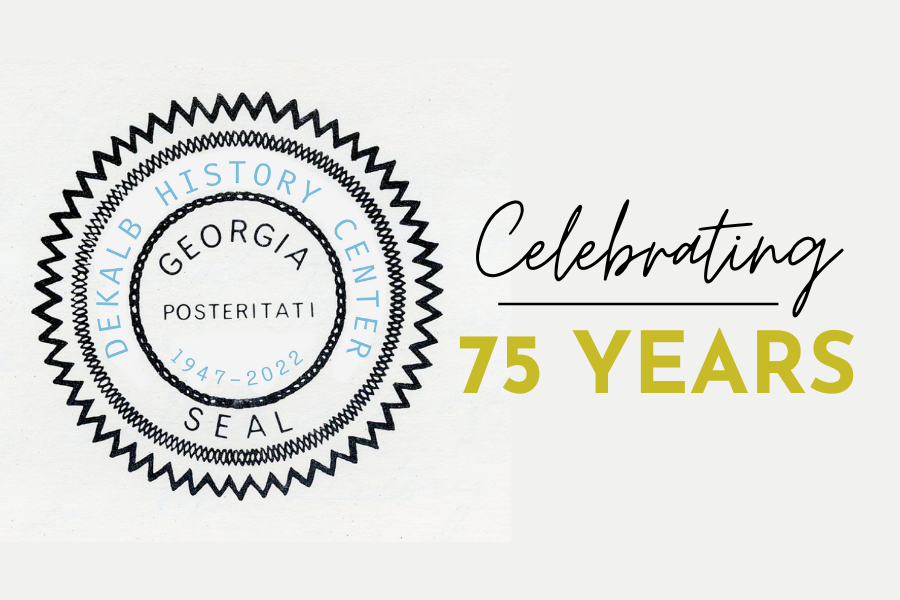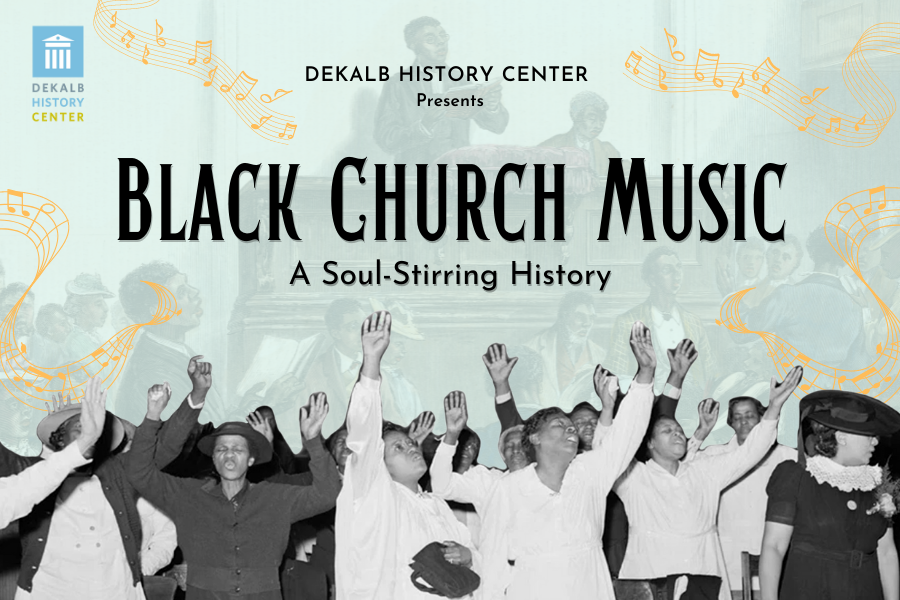Hops at the History Center: Collegiate Gothic
December 13, 6:30 PM
Robert Craig continues his series of free public lectures with this presentation of stunning photographs of collegiate architecture influenced by 19th century art critic John Ruskin.
Vincent Scully has noted that the writings of John Ruskin were “basic reading of all architects in America during the [18]70s and… were rarely mentioned with less than profound respect.” Ruskin’s The Seven Lamps of Architecture, published in London in 1849, appeared in an unauthorized edition in New York that same year and went through twenty-five editions by 1894; similarly, The Stones of Venice appeared in America in twenty-four editions between 1851 and 1894.
Nowhere in America was this Ruskinian spirit more evident than in the forms, materials, ornament, and color of collegiate architecture of the 1870s on northeastern university campuses: notably at Union College, Princeton, Yale, Harvard, and especially Cornell. The intellectual climate and aesthetic interests of university clients reflected a receptivity to Ruskin’s ideals of character and truth, promoted “sermons in stone,” and called for natural materials and color in a noble, honest, and beautiful architecture that “our children will thank us for.”
This talk draws on Ruskin’s prescriptive writings to illustrate noteworthy collegiate architecture of the period that is self-evidently Ruskinian. High Victorian Gothic was sometimes harsh in its raw materiality, strident in its color and polychromatic juxtapositions, and both literal and symbolic in its expression, ornamental forms, and meaning. For some it was considered ugly, a characteristic Craig illustrates in the “streaky bacon style.” Nonetheless, when Ruskin went to college, his ideas were embraced with enthusiasm and his principles were manifested in a campus architecture that was characteristically Ruskinian, honest and real.




